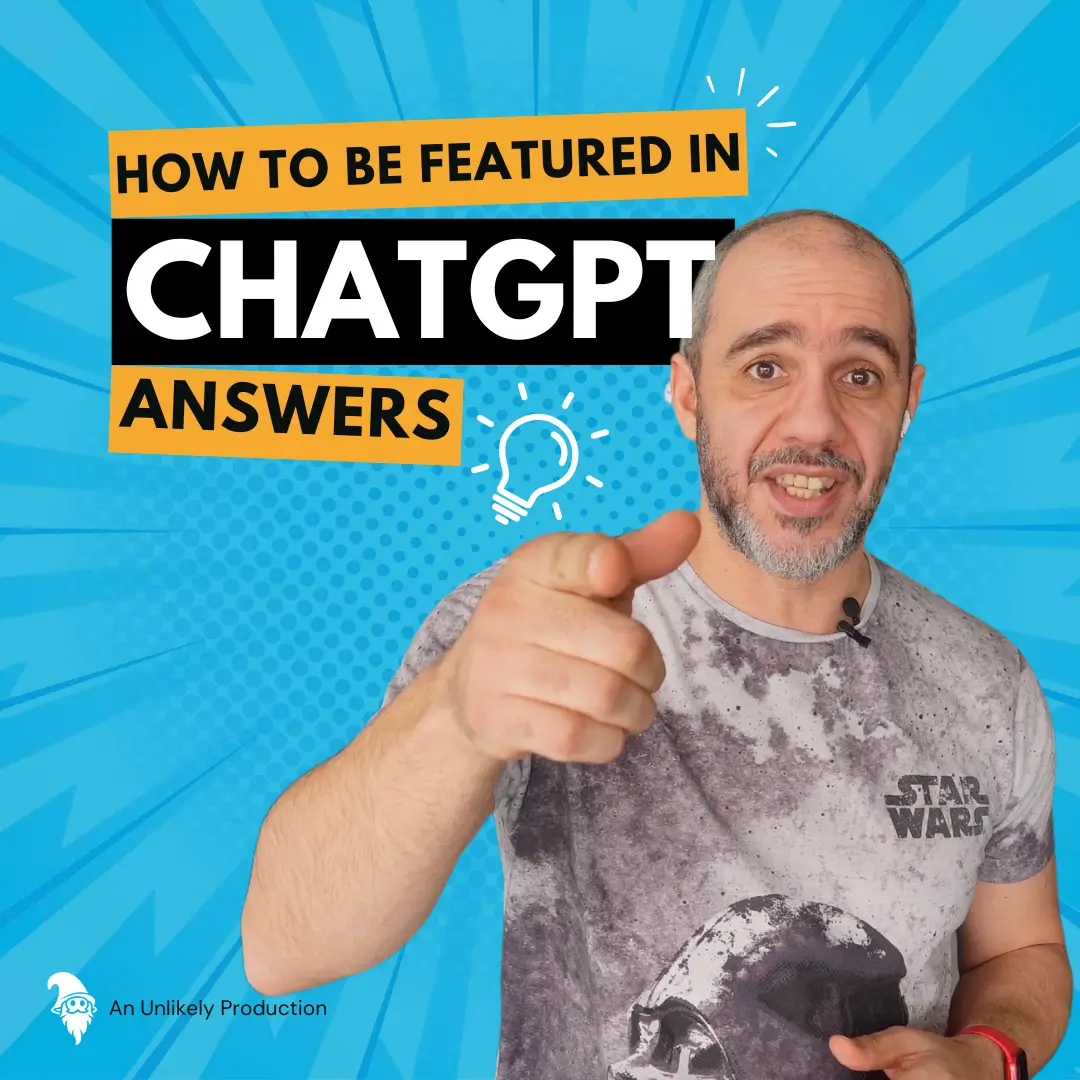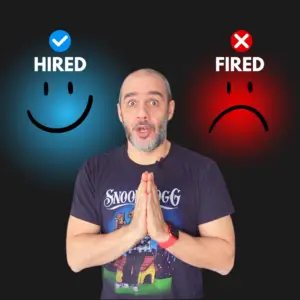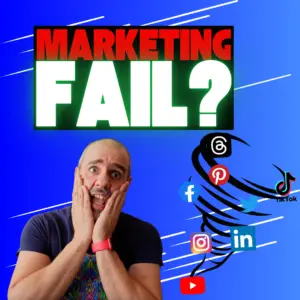How to Get Your Name in ChatGPT Answers (And Why Most People Do It Wrong)
Introduction
You’ve probably Googled yourself or your business before, but have you ever tried asking ChatGPT about you? If you’re not showing up, it’s not because AI hates you—it’s because AI doesn’t see you the way Google does. Most people assume AI search works like SEO, but here’s the truth: it’s not about rankings, backlinks, or even ads.
This article, inspired by a brilliant LinkedIn post from Rand Fishkin referencing a research paper by Stephen Wolfram, breaks down how AI models like ChatGPT recognize entities and how you can train AI to include you in responses.
Why AI Search Is Different from Google SEO
Search engines rank results based on authority, backlinks, and domain strength. AI models, on the other hand, predict responses based on patterns and context. If your name or brand is missing from ChatGPT, it’s because it doesn’t appear in the right language patterns.
AI doesn’t ‘crawl’ websites in real-time like Google. Instead, it absorbs information from various sources like:
- Online articles
- LinkedIn bios
- Guest blogs & podcasts
- Structured data (schema markup on websites)
If you’re invisible in AI-generated content, it means you haven’t embedded yourself into the data AI models rely on.
Step 1: Get Your Name Associated with the Right Contexts
AI understands the world through associations. If your name, brand, or expertise doesn’t consistently appear in relevant discussions, AI won’t recognize you.
Example: SparkToro vs. Other Audience Research Tools
? Key Lesson: AI learns from associations. If your name is always linked to an irrelevant or outdated term, AI will misinterpret your expertise.
? Source: SparkToro’s blog on AI perception
Example: AI-Generated Bios in Articles
? Key Lesson: The more AI finds structured, repeated bios about you online, the more likely it will mention you in answers.
? Source: Moz on how LLMs process bios
Step 2: Embed Yourself in AI-Influencing Content
Since AI models predict answers from existing content, you need to get your name in the right places:
1. Be Featured in Guest Articles & Blogs
- Write for high-authority sites in your niche
- Ensure articles mention your expertise clearly
- Use consistent bios across different publications
? Source: Neil Patel on guest blogging
2. Appear in Podcasts & Interviews
- Your name + “expert in X” should be in podcast titles & descriptions
- Podcast transcripts are often indexed and scraped by AI
? Source: Forbes on expert positioning
Step 3: Optimize Your Website & LinkedIn for AI Discovery
Fix Your LinkedIn Headline & Summary
- Your headline should match how people search for your expertise
- Use keywords AI can associate with your profession
? Source: LinkedIn headline optimization guide
Use Structured Data on Your Website
- Implement schema markup to help AI understand your site
- List your name, business, and expertise clearly
? Source: Moz on structured data
Step 4: Train AI to Recognize Your Content
One hack nobody talks about? Using AI to train AI.
- Ask ChatGPT: “How would you describe [Your Name]?” If the answer is wrong or incomplete, feed it corrected information.
- Publish Q&A-style articles on Reddit & Quora (AI scrapes these often!)
? Source: AI visibility through Q&A forums
The Big Takeaway
If you’re not appearing in AI-generated content, it’s not because you’re not relevant—it’s because AI hasn’t been trained to recognize you yet.
Here’s the game plan:
✅ Get featured in authoritative blogs & podcasts
✅ Optimize your LinkedIn and website with structured data
✅ Publish consistent bios & contextually relevant content
✅ Use AI tools to refine AI’s perception of you
Want to See if This Works?
Try implementing these steps, then test it: Ask ChatGPT about yourself in a few weeks. If you start seeing your name pop up, drop a comment and let me know!
? Stay Unlikely.




